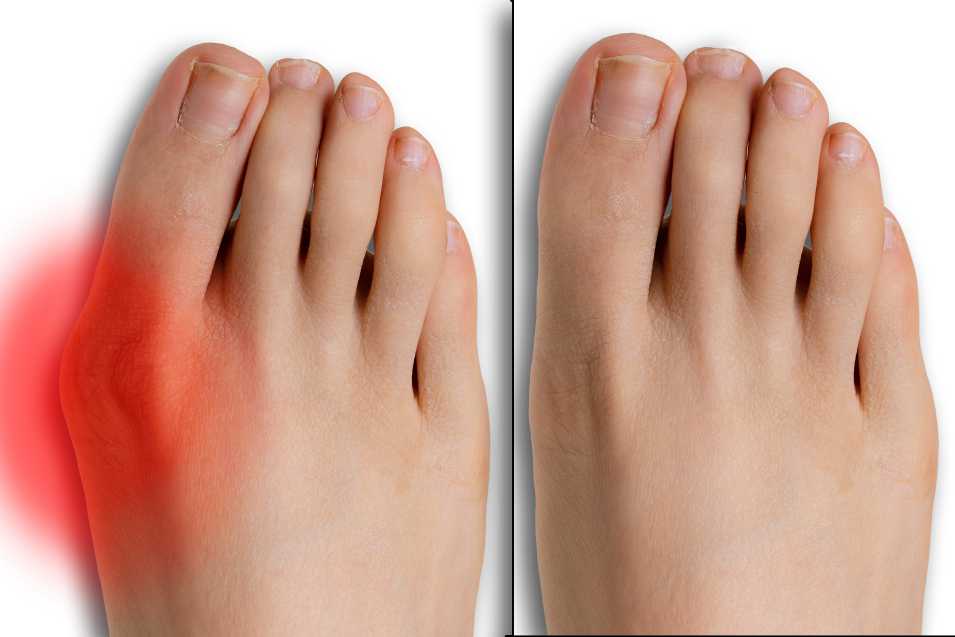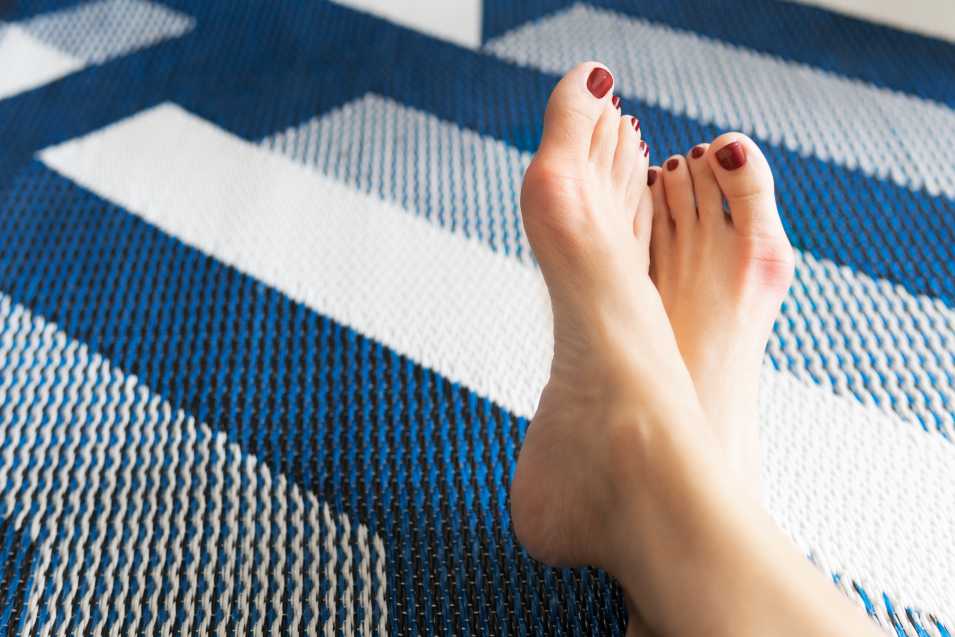Bunion Surgery; The first few days following bunion surgery, you can expect to experience some pain, swelling, and discomfort. You will probably be instructed to elevate your foot and apply ice several times daily. As the swelling decreases, you may be able to spend less time promoting your foot. After seven to 21 days after surgery, your stitches will be removed.
What are the three types of bunion surgery?
There are three different types of surgery to correct a bunion. Some are simple and do not require an overnight stay, while others require more invasive procedures. However, whatever procedure you choose, you must be prepared to be off your feet for up to three weeks after the process. Your employer will probably want to know that you will be out of work for that extended, so make arrangements with them to make sure you can take time off. Once your foot is healed, you should be able to resume most activities within six to twelve weeks.
Before the procedure, you must visit the surgeon’s office and sign consent forms. You will also need to change into a hospital gown and remove any jewelry or body piercings. Your healthcare provider will likely use a local anesthetic to keep you comfortable during the procedure. If this is not your first time under anesthesia, be sure to follow your surgeon’s instructions carefully.
Related Article: Subtalar Fusion Surgery
Lapiplasty Bunion Surgery
Lapiplasty bunion surgery is an excellent option if you’d like to improve the appearance of your feet. This procedure will fix the joint’s instability and restore the foot to its normal position. Patients who choose this surgery have excellent postoperative results. They can walk within a few days after the procedure.
This surgery uses specialized instrumentation to rotate the deviated bone back into its normal anatomic position. This will relieve the painful bump and allow the patient to resume wearing their favorite shoes. Patients can even continue participating in sports and exercising after the surgery.
Bunion Surgery Cost
While health insurance policies may cover some of the cost of bunion surgery, it is often necessary to pay out of pocket for the procedure. The out-of-pocket cost depends on many factors, including co-insurance, co-pay, and deductible. The surgery is also subject to a network rate, which is the price agreed upon between the provider and the insurance company. Patients with existing medical conditions may have to pay more out-of-pocket for the procedure.
The cost of bunion surgery can range from several hundred to thousands of dollars. However, if you’ve tried all the non-surgical treatments that have been recommended for your condition and still don’t see any results, bunion surgery is often the best option. It’s essential to plan ahead for the surgery to afford it.
Bunion Surgery Before and After
Before undergoing bunion surgery, patients should have an accurate understanding of what to expect. A doctor may perform the procedure under general or local anesthesia, depending on the severity of the condition. Generally, patients are given a local anesthetic to numb the area surrounding the joint. In some cases, a sedative will be given, which will help patients relax and fall into a light sleep.
Some patients experience pain and swelling after bunion surgery. However, most patients will see a significant improvement in their condition. In addition to preventing additional pain, this procedure can also eliminate symptoms that are related to the deformity. Patients who undergo bunion surgery should expect to be able to return to normal activities within a few weeks after the procedure.

Despite its reputation as an invasive surgical procedure, bunion surgery can help alleviate pain and improve the appearance of your feet. It is a more suitable thanconservative treatment and may even enhance your physical activity. However, it is essential to know that it is not always the best option. Several nonsurgical treatments may be appropriate for your case, including icing, anti-inflammatory medications, cortisone injections, and changing footwear. Taping and padding your big toe may also improve joint stability and relieve pain. Surgical treatment is often the last option.
To minimize the appearance of scarring, plastic surgeons use special techniques on the incisions made on your foot. These techniques include deep sutures to keep the skin closed and fine sutures to keep the ends of the skin close to each other.
Related Article: Forehead Reduction Surgery
